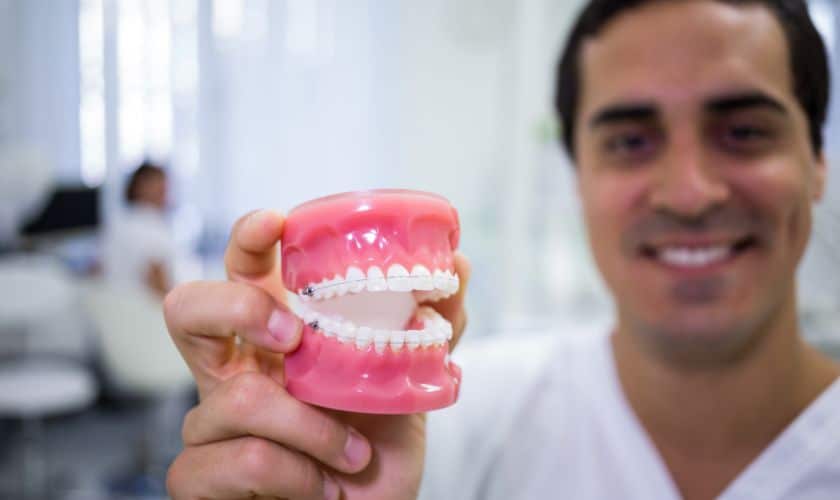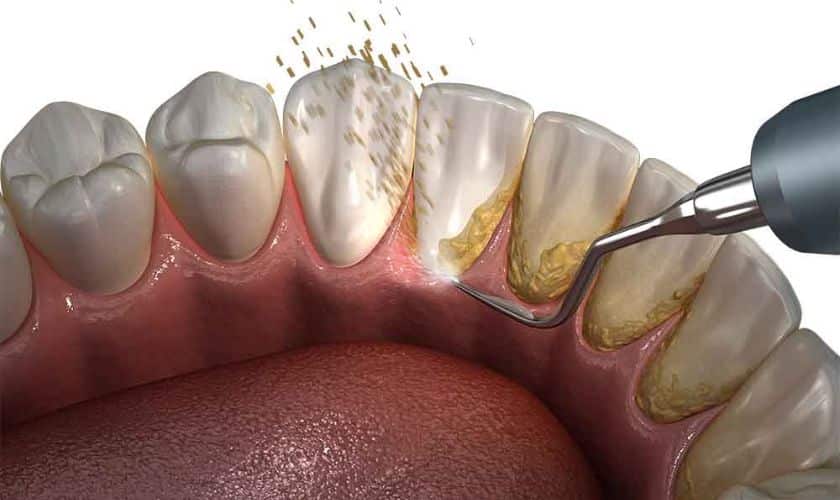
February 6, 2023
Tooth extraction is a common dental procedure that involves the removal of a tooth from its socket in the jawbone. It is usually done to treat a variety of dental problems, such as severe tooth decay, infection, or trauma. While the procedure itself is relatively straightforward, the recovery time can vary depending on the type of extraction and the individual’s overall health. In this article, we’ll take a look at what tooth extraction recovery time actually looks like.
The Immediate Aftermath of Tooth Extraction
The immediate aftermath of a tooth extraction is usually the most uncomfortable part of the entire process. After the tooth is removed, the area will be packed with gauze to help stop the bleeding. It’s important to bite down on the gauze for at least 30 minutes to help stop the bleeding.
Once the bleeding has stopped, the area will be cleaned and a bandage may be applied. It’s important to keep the area clean and dry to help prevent infection. It’s also important to avoid any strenuous activity for the first 24 hours after the extraction.
The First Few Days After Tooth Extraction
The first few days after a tooth extraction are usually the most uncomfortable. The area may be swollen and sore, and it’s important to take pain medication as prescribed by your emergency dentist. It’s also important to avoid any strenuous activity for the first few days after the extraction.
It’s also important to avoid drinking through a straw, smoking, or drinking alcohol for the first few days after the extraction. These activities can cause the blood clot to become dislodged, which can lead to a painful condition known as dry socket.
The First Week After Tooth Extraction
The first week after a tooth extraction is usually the most uncomfortable. The area may still be swollen and sore, and it’s important to take pain medication as prescribed by your dentist. It’s also important to avoid any strenuous activity for the first week after the extraction.
It’s also important to avoid drinking through a straw, smoking, or drinking alcohol for the first week after the extraction. These activities can cause the blood clot to become dislodged, which can lead to a painful condition known as dry socket.
It’s also important to keep the area clean and dry. You should gently rinse the area with warm salt water several times a day to help keep it clean.
The Second Week After Tooth Extraction
The second week after a tooth extraction is usually the most comfortable. The area should be less swollen and sore, and it’s important to continue taking pain medication as prescribed by your dentist. It’s also important to avoid any strenuous activity for the second week after the extraction.
It’s also important to avoid drinking through a straw, smoking, or drinking alcohol for the second week after the extraction. These activities can cause the blood clot to become dislodged, which can lead to a painful condition known as dry socket.
It’s also important to keep the area clean and dry. You should gently rinse the area with warm salt water several times a day to help keep it clean.
The Third Week After Tooth Extraction
The third week after a tooth extraction is usually the most comfortable. The area should be almost completely healed, and it’s important to continue taking pain medication as prescribed by your dentist. It’s also important to avoid any strenuous activity for the third week after the extraction.
It’s also important to avoid drinking through a straw, smoking, or drinking alcohol for the third week after the extraction. These activities can cause the blood clot to become dislodged, which can lead to a painful condition known as dry socket.
It’s also important to keep the area clean and dry. You should gently rinse the area with warm salt water several times a day to help keep it clean.
Conclusion
Tooth extraction recovery time can vary depending on the type of extraction and the individual’s overall health. In general, the immediate aftermath of a tooth extraction is usually the most uncomfortable part of the entire process. The first few days after the extraction are usually the most uncomfortable, and it’s important to take pain medication as prescribed by your dentist. The first week after the extraction is usually the most uncomfortable, and it’s important to avoid any strenuous activity. The second and third weeks after the extraction are usually the most comfortable, and it’s important to keep the area clean and dry. By following these guidelines, you can ensure a successful recovery from your tooth extraction.
Recent Posts

Top Benefits of Using a Sedation Dentist in the Portland Area

Missing Teeth? How Dental Implants Can Restore Your Smile

Oral Cancer and Dental Professionals: The Frontline of Defense

Fresh Breath Quest: Knowing When to Seek Dentist Help for Bad Breath

